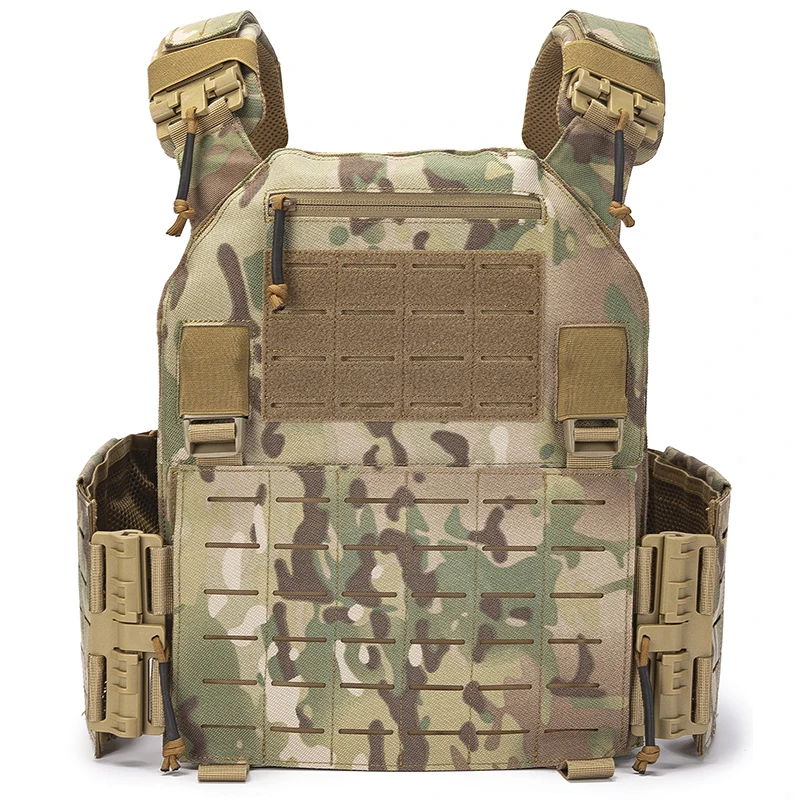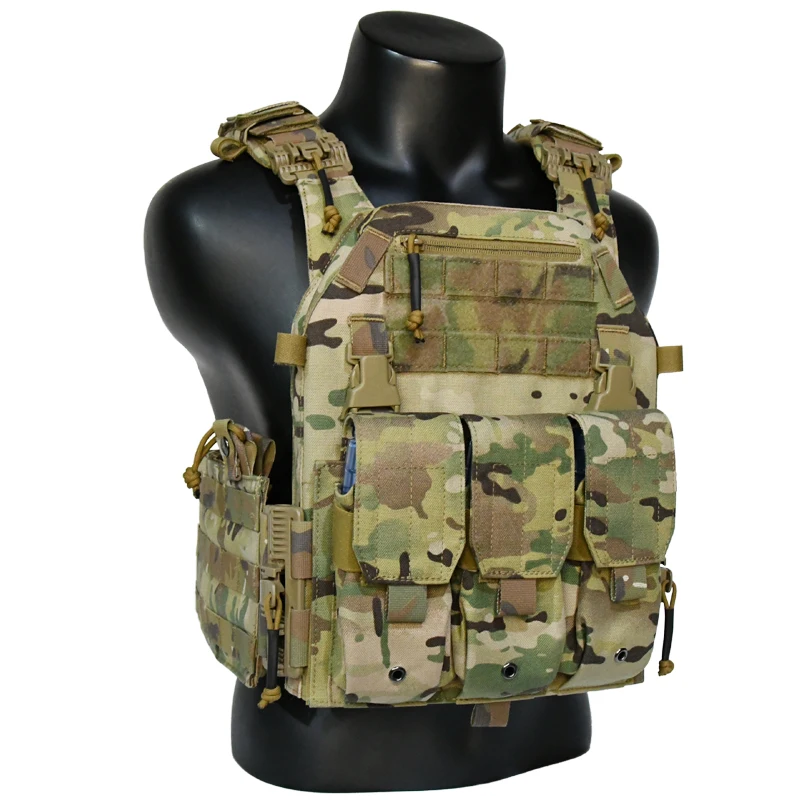Tactical Gear
PRODUCTS
High Quality Tactical Vests Only
Material and Construction
The backbone of any high-quality tactical vest lies in its materials and construction. Forget flimsy nylon; superior vests utilize robust, durable materials like Cordura nylon, known for its exceptional tear and abrasion resistance. The weave density should be high, preventing snagging and ensuring longevity even under intense stress. Reinforced stitching at high-stress points is also crucial, preventing seams from failing under heavy loads or during physical exertion. Look for double or triple stitching, especially around pouches and attachment points. Furthermore, the material's inherent properties should be considered; water resistance, breathability, and even resistance to specific environmental threats (like cuts or punctures) can dramatically impact the vest's effectiveness.
Beyond the base material, the construction methods themselves impact durability and comfort. Properly reinforced seams, strategically placed stress points, and consistent construction throughout the vest all contribute to a longer-lasting and more reliable piece of equipment. A well-constructed vest will maintain its shape and functionality even after prolonged use and exposure to harsh conditions. Poor construction, however, can lead to premature failure, potentially jeopardizing the wearer’s safety.
Modular Design and Customization
The ability to customize a tactical vest to individual needs and missions is paramount. High-quality vests utilize a modular design, allowing for the attachment and detachment of pouches, carriers, and other accessories. This adaptability is critical, as different operational scenarios require different configurations. One mission might necessitate ample magazine storage, while another might prioritize medical equipment. A truly high-quality vest should offer a versatile platform to accommodate these varying demands.
The system for attaching these modules should be robust and reliable. Look for systems like MOLLE (Modular Lightweight Load-carrying Equipment) or its variations, known for their secure and adaptable attachments. The quality of the attachment points, like buckles and straps, should be robust enough to withstand significant weight and stress without failing. Furthermore, a well-designed modular system should permit easy configuration changes, allowing for rapid adaptation to evolving circumstances.
Comfort and Ergonomics
While functionality is crucial, comfort is equally important. A poorly designed vest, even if it boasts impressive materials, can quickly become unbearable during extended wear. High-quality tactical vests prioritize ergonomics, incorporating features that promote comfort and reduce fatigue. Proper padding is essential, distributing weight evenly and mitigating discomfort against the body. Breathability is also vital, preventing overheating and moisture build-up, particularly in warm or strenuous environments. Adjustable straps and sizing options ensure a secure and comfortable fit across a range of body types.
Consider the padding material itself; high-quality padding will offer cushioning without compromising mobility or adding excessive bulk. Furthermore, the design of the vest should facilitate a natural range of motion, allowing for ease of movement without feeling restricted. A comfortable vest can significantly improve performance and overall operational effectiveness by minimizing fatigue and discomfort.
Protection and Functionality
Beyond comfort and customization, the primary function of a tactical vest is protection. While this often involves ballistic protection (addressed through separate armor inserts), a high-quality vest offers supplemental protection features. Reinforced padding in strategic areas can provide additional protection against impacts or blunt force trauma. The materials themselves should offer a degree of resistance to cuts, abrasions, and other minor threats.
Functionality extends beyond protection. High-quality vests often incorporate strategically placed pockets and pouches designed for efficient access to essential equipment. Consider the placement and design of these pouches; easy access to critical items like medical supplies, communication devices, and extra ammunition can be a matter of life or death. The organization and functionality of these pouches can greatly impact the wearer's efficiency and effectiveness in high-pressure situations.
SUBSCRIBE
INQUIRY










